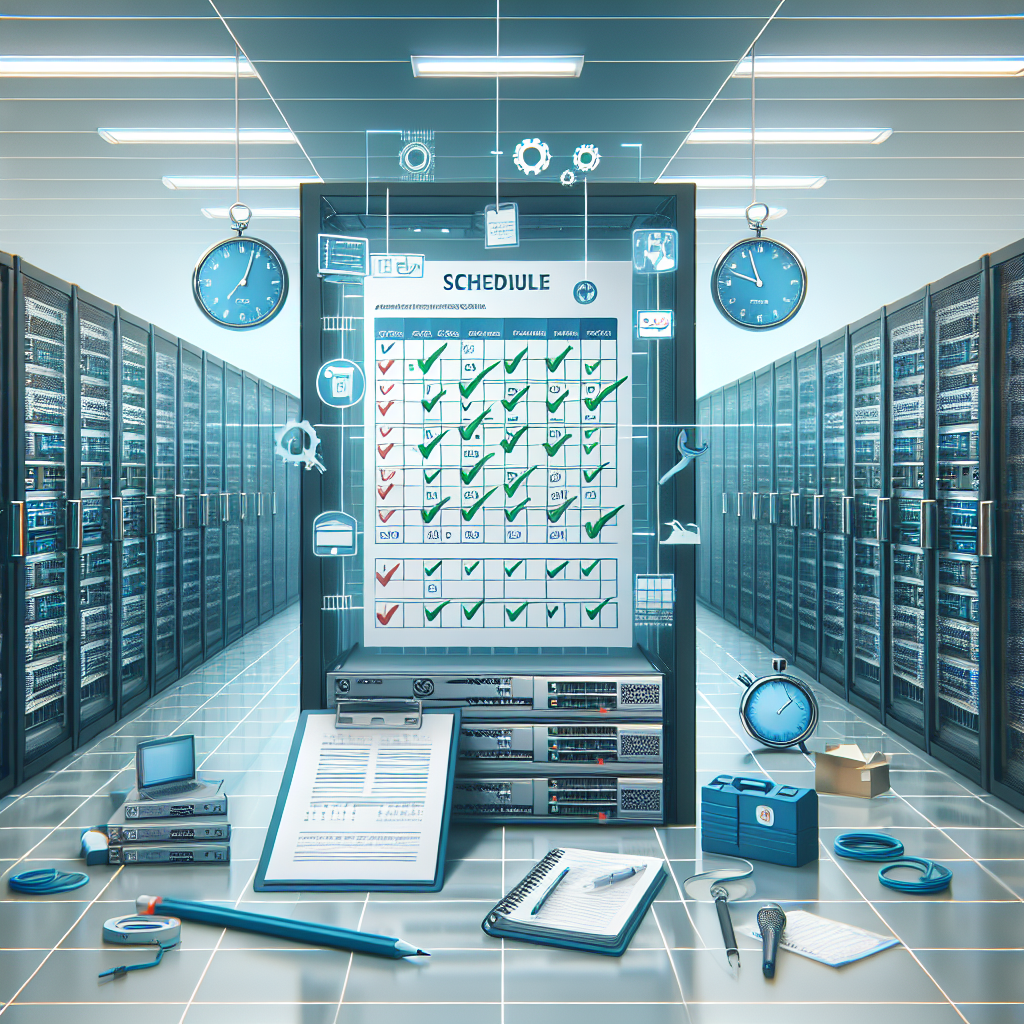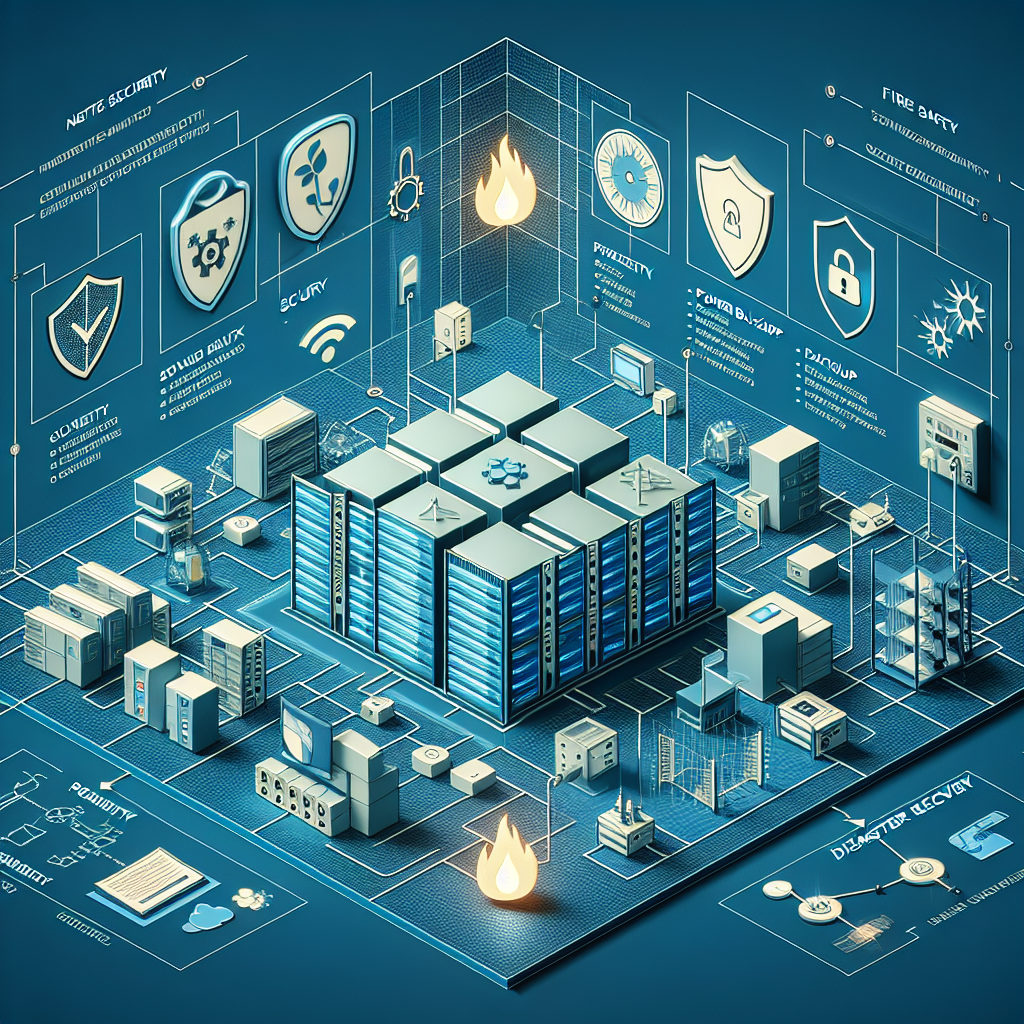In today’s fast-paced business world, service level agreements (SLAs) are crucial for maintaining strong relationships between service providers and their clients. An SLA is a contract that outlines the level of service a customer can expect from a provider, as well as the consequences if those expectations are not met. Creating an effective SLA is essential for ensuring that both parties are on the same page and that the services provided meet the client’s needs and expectations. Here are some best practices for creating successful SLAs:
1. Define clear and measurable metrics: The first step in creating an effective SLA is to clearly define the metrics that will be used to measure the service provider’s performance. These metrics should be specific, measurable, achievable, relevant, and time-bound (SMART). For example, instead of simply stating that the service provider will respond to customer inquiries quickly, the SLA should specify that inquiries will be answered within 24 hours.
2. Set realistic goals: It’s important to set goals that are achievable and realistic for both parties. Unrealistic goals can lead to frustration and dissatisfaction on both sides. Before finalizing the SLA, it’s important to have an open and honest discussion with the client about their expectations and what the service provider can realistically deliver.
3. Include escalation procedures: It’s important to include escalation procedures in the SLA in case issues arise that cannot be resolved through normal channels. This ensures that both parties have a plan in place for addressing any problems that may arise.
4. Regularly review and update the SLA: SLAs should not be set in stone. As business needs and technology evolve, it’s important to regularly review and update the SLA to ensure that it continues to meet the needs of both parties. Regularly reviewing the SLA also provides an opportunity to identify any areas for improvement and make adjustments as necessary.
5. Communicate effectively: Effective communication is key to the success of any SLA. Both parties should be clear about their expectations and responsibilities, and regular communication should be maintained throughout the duration of the contract. This helps to ensure that any issues are addressed promptly and that both parties are satisfied with the level of service being provided.
In conclusion, creating an effective service level agreement is essential for maintaining strong relationships between service providers and their clients. By following these best practices, businesses can ensure that their SLAs are clear, realistic, and regularly reviewed to meet the needs of both parties. Effective communication and collaboration are key to the success of any SLA, and by following these best practices, businesses can create successful agreements that benefit both parties.












